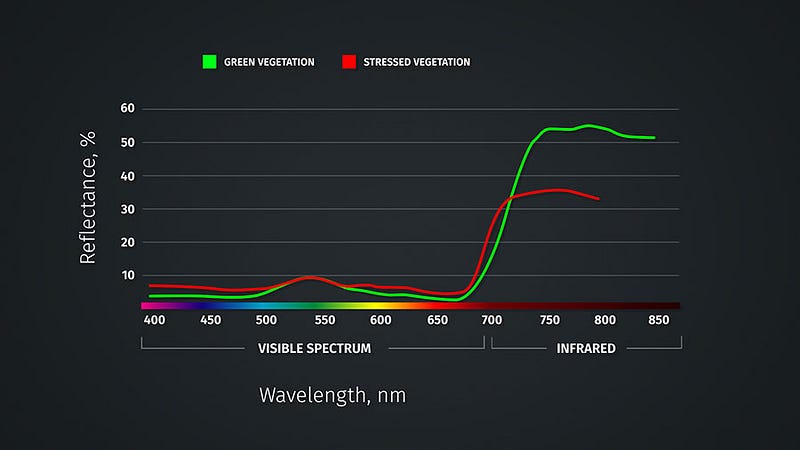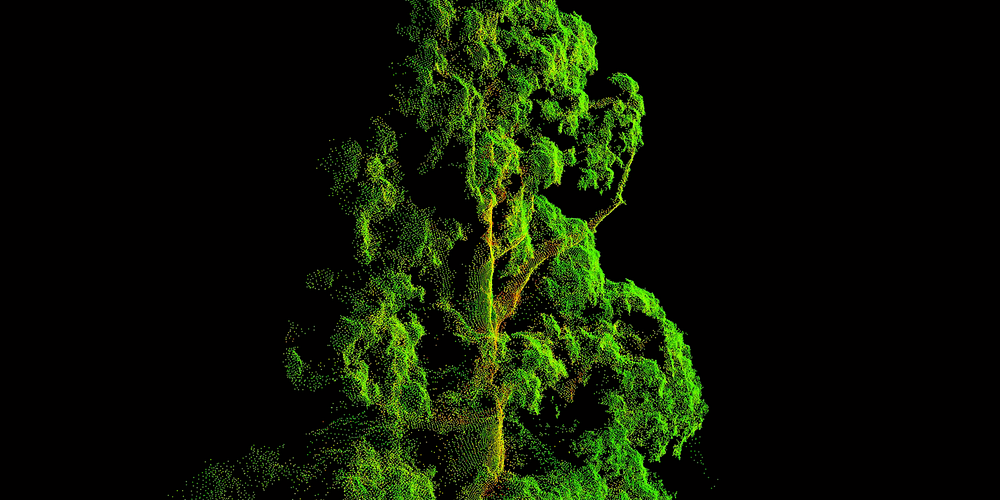droneblog.com
By Droneblog Editor
December 6, 2016
It doesn’t matter what narrative you hear on climate change, we can agree that keeping the earth’s forests healthy is essential to the future. Large air purifiers, like the giant sequoia trees in California, are key for the environment and studied to measure how much CO2 they capture. As part of a joint project, Pix4D and Parrot used drones and multispectral technology to create a 3D NDVI point cloud of Whitaker’s Forest in Kings Canyon National Park, giving researchers access to information previously hidden.
Multispectral images capture what human eyes cannot: information from spectral bands beyond our sight range. While mapping and modeling from images is increasingly commonplace, multispectral imagery has been limited to 2D map creation.
This is a tremendous limitation for all those using multispectral imagery, as without 3D, critical pieces of information may be missing. Recognizing this, Pix4D developed a methodology to leverage multispectral images for 3D point cloud generation, we found the need to bridge the power of 3D with the value of multispectral images.

These special 3D point clouds are produced by merging radiometric information acquired from different spectral bands into a single 3D point cloud geometry. After doing radiometric corrections to obtain reflectance, the observations of a particular point in each band are weighted separately, taking visibility constraints into account to avoid obstructed points, and obtaining a representative reflectance value for that band.
As a result, each point in the point cloud contains accurate reflectance values for each observed band.
Then we simply combine the reflectance values depending on the Vegetation Index formula that wants to be applied.

Now, vegetation is not only analyzable from the top-down, but also in 3D, allowing foresters, agronomists and wide range of other environmental workers to recognize problems in whole structure of the plant. For example, forest conservation organizations can document the trees with both geometric and radiometric information much faster, rather than spending days to survey and CAD-draw individual trees.
The end result is a 3D NDVI point cloud, where plants can be observed and scouted in their entirety, adding a new dimension to an industry previously constrained to information from plant canopies. There are several direct implications of this breakthrough, and we are excited to see what researchers, companies, and industries will do with this data.

This was an exploratory project; we wanted to prove that generating very high resolution 3D NDVI point clouds was possible, using commercial drones and multispectral cameras. In the meantime, if you are interested in exploring this new technology with us, fill out the following form to request access to the script and original datasets.
Read more at:
No comments:
Post a Comment